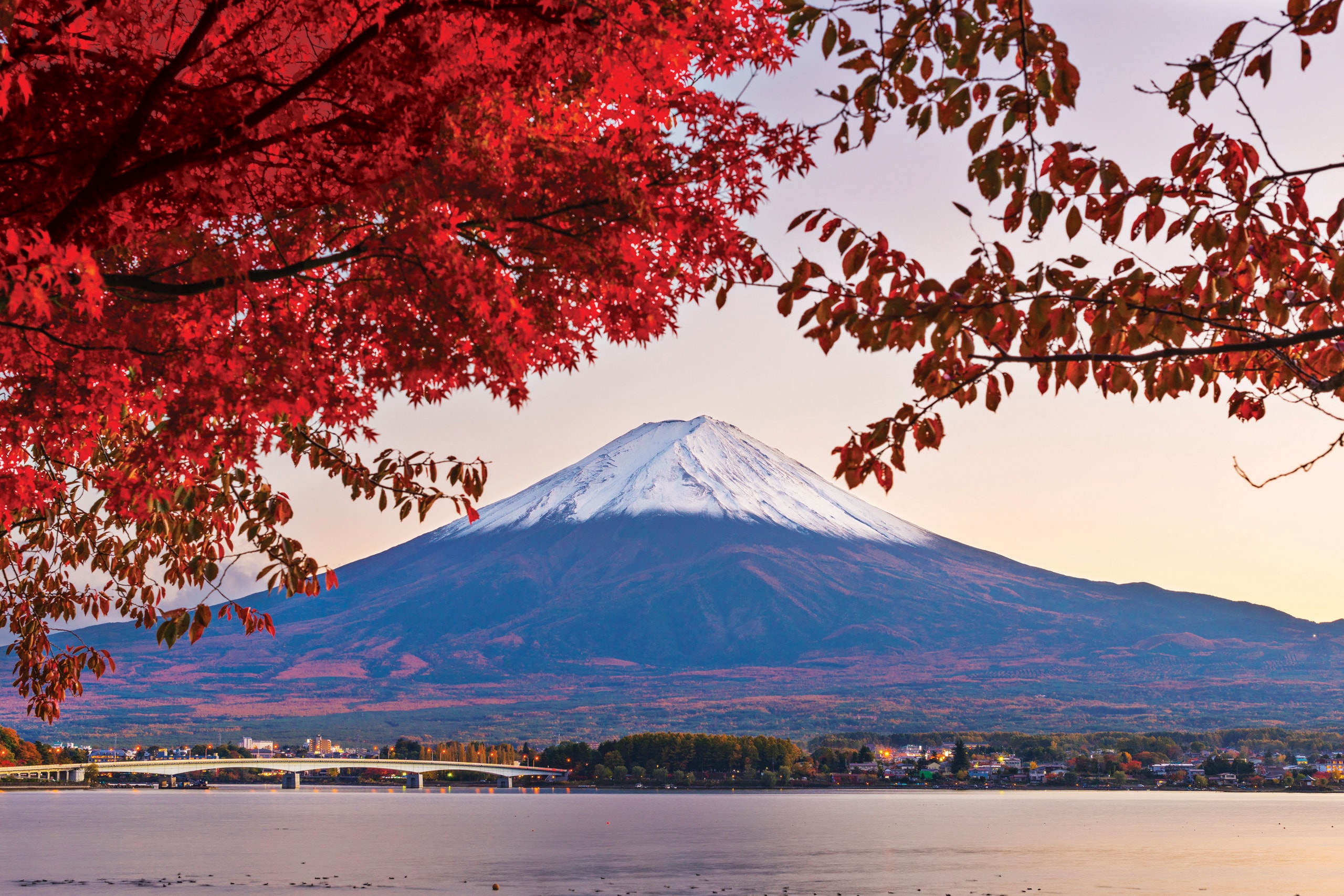
Shimizu (for Mt. Fuji), Japan
Shimizu (for Mt. Fuji), Japan
Description
A mesmerizing landscape, a revered cultural history, and Japan's most sacred volcano are just a few of the many delights beckoning you to come and explore this ancient city. While Shimizu may have the reputation as being bustling and modern, its cultural and spiritual side is on display in the form of ancient and enthralling shrines. Of course, it may be the sacred and snow-capped Mount Fuji that garners the most attention. Towering over the region at approximately 12,388 feet above sea level, the active volcano, designated a "place and source of artistic inspiration" by UNESCO is just one of the many unforgettable adventures Shimizu inspires.
Points of Interest
- Tokaido Hiroshige Art Museum
- Miho-no-Matsubara
- Nihondaira Park Outlook
- Kunozan Toshogu Shrine
- Sunpu Castle Park
- Shizuoka Sengen Shrine
- Mt. Fuji
- Fujisan Hongu Sengen Taisha Shrine
More about Shimizu (for Mt. Fuji), Japan Points of Interest
-
Tokaido Hiroshige Art Museum -
Discover the beauty and cultural role of ukiyo-e art and wood-block prints and their significance in Japanese history. Study the works of renowned ukiyo-e painter Utagawa Hiroshige (1797-1858), best known for his poetic landscapes
-
Miho-no-Matsubara -
Designated as one of the "New Three Views of Japan," green pine trees stud the inlets of Suruga Bay, a mythical landscape enhanced by azure waters, foaming waves and stellar views of Mt. Fuji.
-
Nihondaira Park Outlook -
Panoramic vistas unfold before you from this hilltop venue on the northern side of Mt. Udo-Yama, overlooking Izu-hanto Peninsula, Suruga Bay and spectacular Mt. Fuji. A ropeway connects the area to the Kunozan Toshogu Shrine.
-
Kunozan Toshogu Shrine -
Dedicated to Tokugawa Ieyasu (1543-1616) who brought peace to Japan after years of civil war, this mountain shrine complex is accessed by ropeway or 1,000 steps. See vermilion temples, artwork and views of Suruga Bay.
-
Sunpu Castle Park -
Showcasing the ruins of Sunpu Castle, built in 1585 by Tokugawa Ieyasu, the moats and stone walls remain intact, and several structures have been restored. Explore the gardens and visit a Sukiya-style teahouse
-
Shizuoka Sengen Shrine -
Known for its dramatic architecture, opulent use of lacquer, gold leaf and wood carvings, this shrine complex contains artifacts from the Tokugawa shogunate, a powerful feudal family that ruled for 300 years during the Edo Period.
-
Mt. Fuji -
The highest mountain in Japan towers at 12,388 feet, a perfect volcanic cone on the border of Yamanashi and Shizuoka Prefectures. Mt. Fuji's beauty and mythical status have inspired artists through the centuries.
-
Fujisan Hongu Sengen Taisha Shrine -
Nestled in the foothills of Mt. Fuji, this 1,000-year-old shrine – once one of the grandest – was built to offer protection from volcanic eruptions. The two-story inner shrine was constructed in the Sengen architectural tradition.